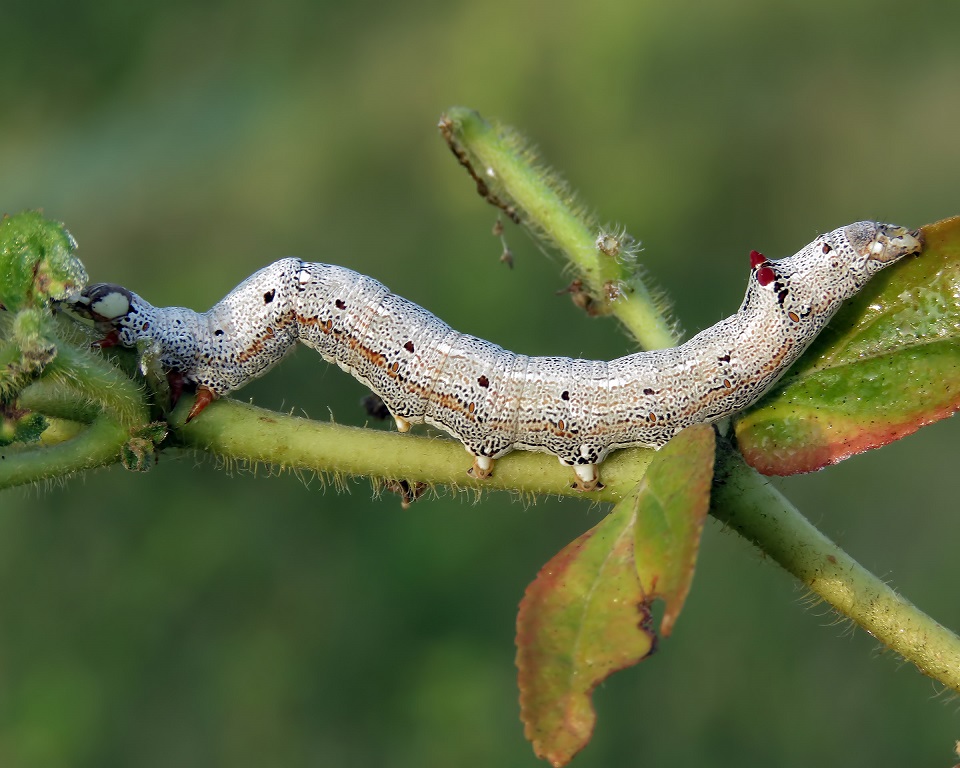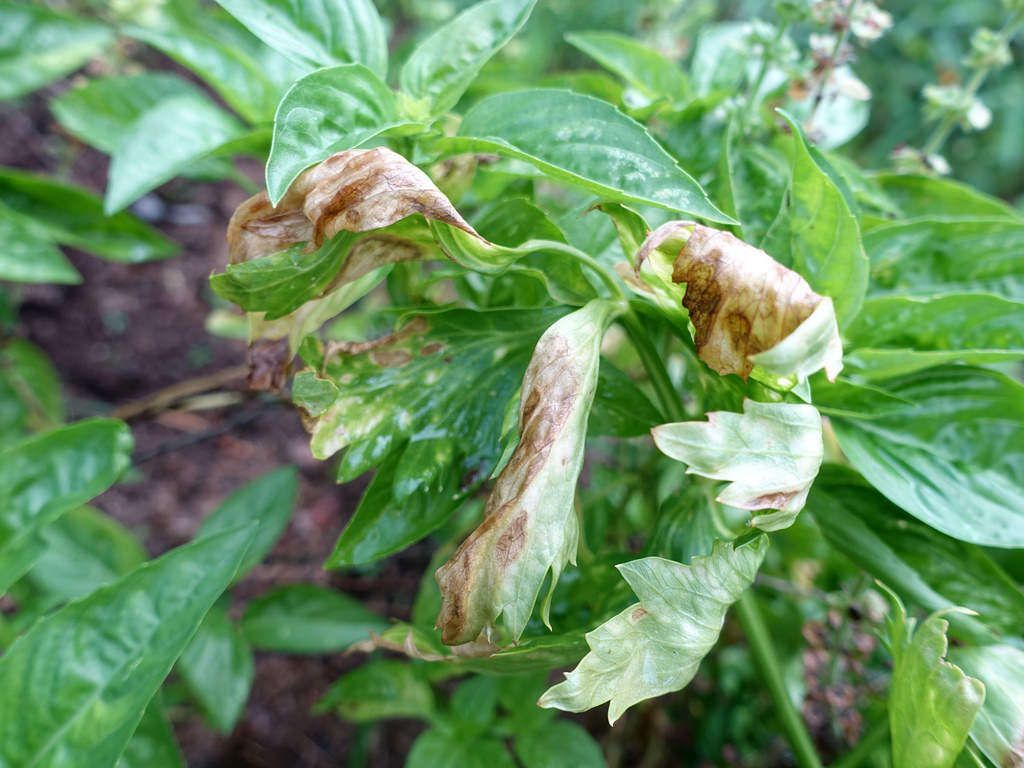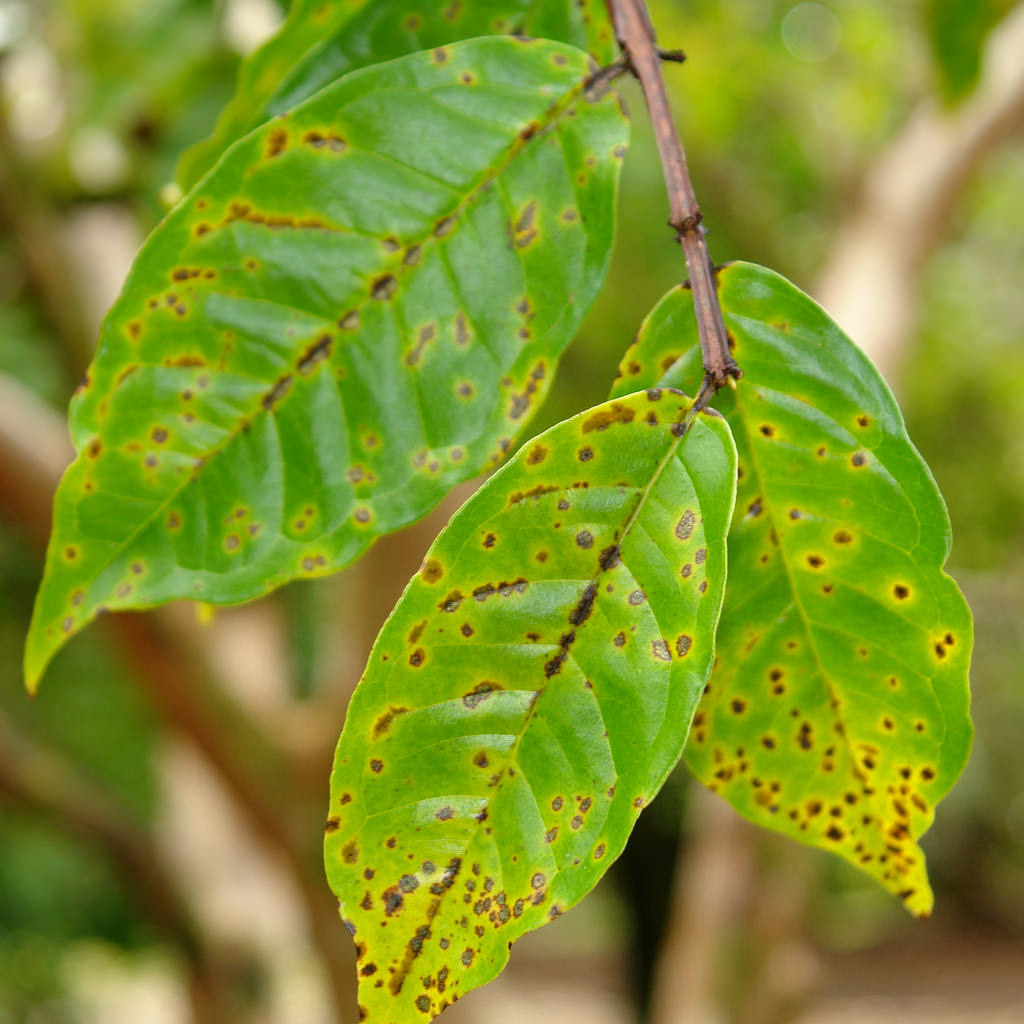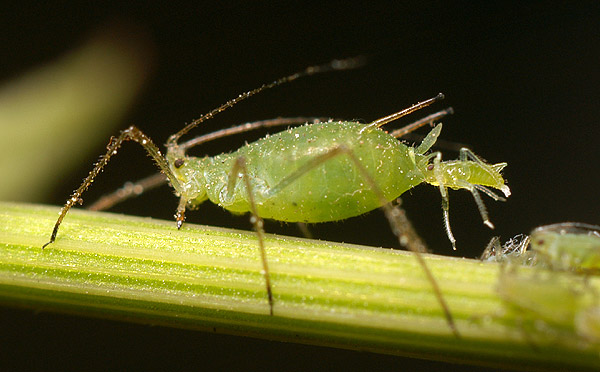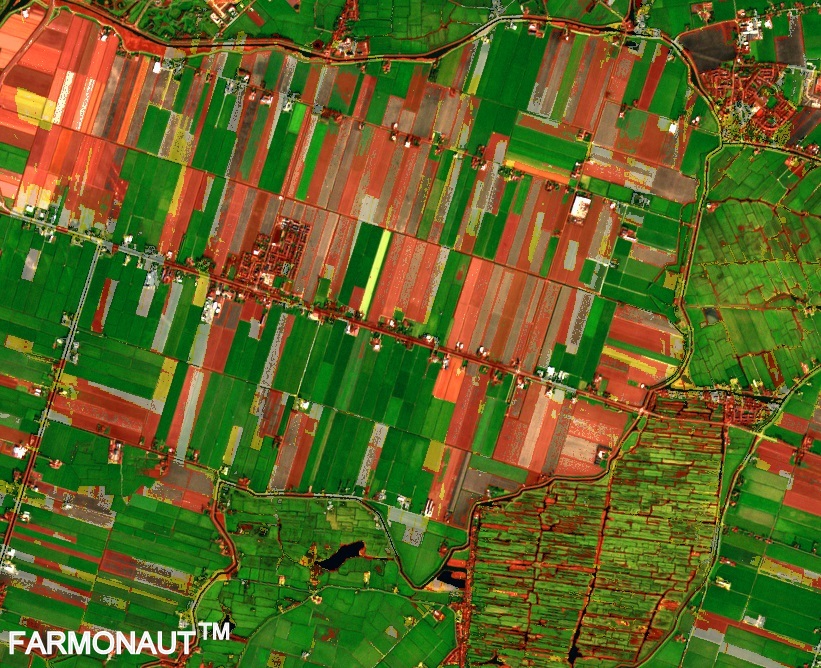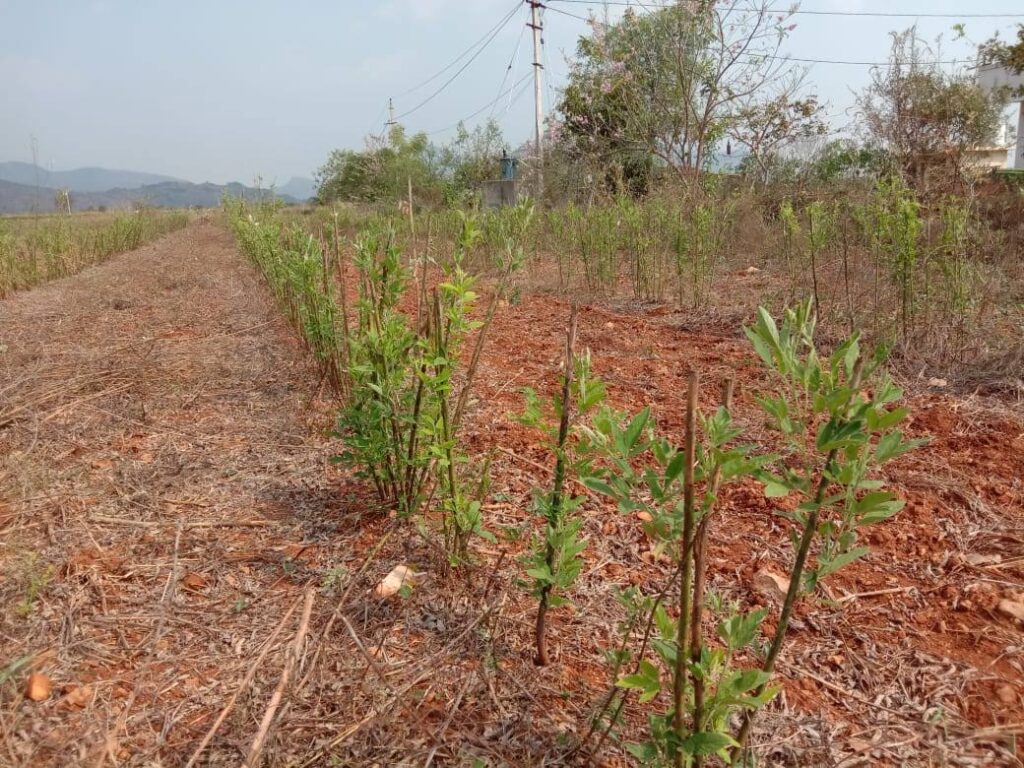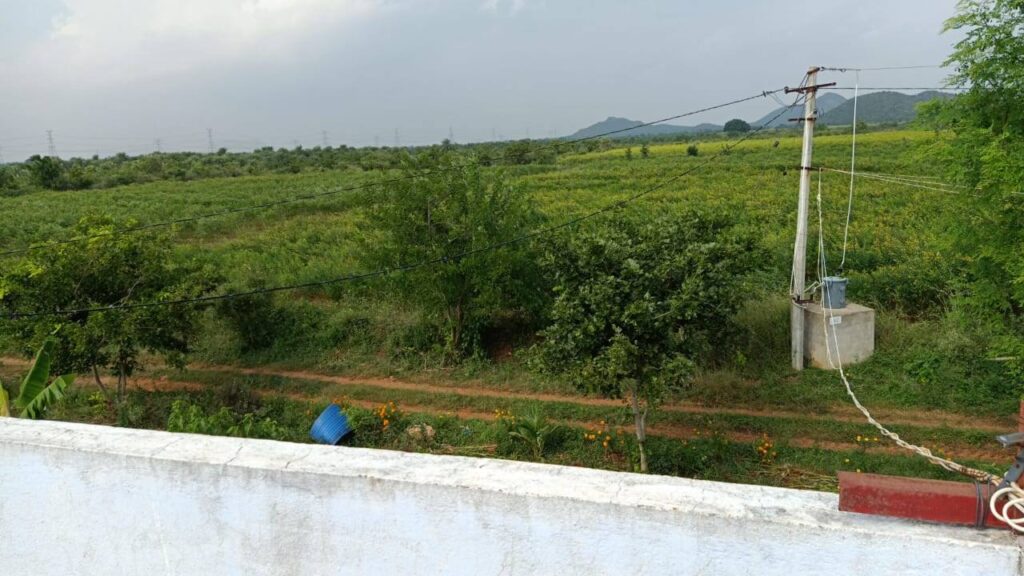Cotton Cultivation: Understanding Temperature and Rainfall Requirements for Optimal Growth
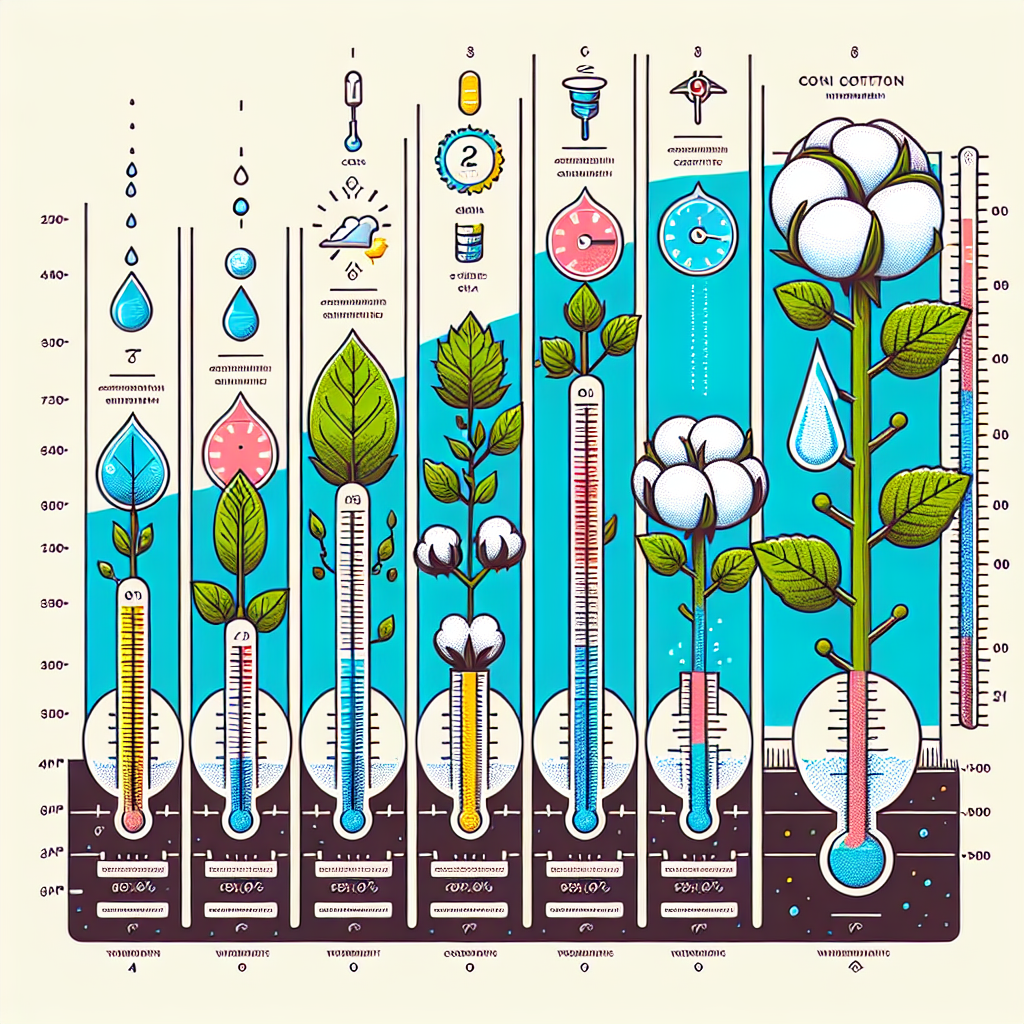
Cotton, a versatile and economically significant crop, plays a crucial role in global agriculture and textile industries. As agricultural technology experts at Farmonaut, we understand the importance of precise environmental conditions for successful cotton cultivation. In this comprehensive guide, we’ll delve into the intricate relationship between cotton temperature and rainfall requirements, exploring how these factors influence crop growth, yield, and quality.
The Significance of Temperature and Rainfall in Cotton Cultivation
Cotton is a warm-season crop that thrives under specific climatic conditions. The interplay between temperature and rainfall is fundamental to the plant’s development, from germination to harvest. Understanding these requirements is essential for farmers and agricultural professionals to optimize their cotton production strategies.
Temperature Requirements for Cotton
Cotton plants are sensitive to temperature fluctuations throughout their growth cycle. Here’s a breakdown of the optimal temperature ranges for different stages of cotton development:
- Germination: 15°C to 35°C (59°F to 95°F)
- Seedling Emergence: 18°C to 30°C (64°F to 86°F)
- Vegetative Growth: 20°C to 30°C (68°F to 86°F)
- Flowering and Boll Development: 25°C to 35°C (77°F to 95°F)
- Boll Opening and Fiber Maturation: 20°C to 30°C (68°F to 86°F)
It’s important to note that cotton plants can tolerate temperatures up to 40°C (104°F) for short periods, but prolonged exposure to extreme heat can lead to reduced yield and fiber quality.
Rainfall Requirements for Cotton
The rainfall required for cotton cultivation varies depending on the growth stage and environmental conditions. Generally, cotton requires between 500 to 1500 mm (20 to 60 inches) of water throughout its growing season. Let’s break down the rainfall required for cotton in cm for different growth stages:
- Germination and Seedling Stage: 5-10 cm (2-4 inches)
- Vegetative Growth: 15-20 cm (6-8 inches)
- Flowering and Boll Formation: 30-40 cm (12-16 inches)
- Boll Opening and Fiber Maturation: 10-15 cm (4-6 inches)
It’s crucial to maintain a balance in water availability, as both water stress and waterlogging can negatively impact cotton growth and yield.
The Impact of Temperature on Cotton Growth
Temperature plays a vital role in various physiological processes of cotton plants. Let’s explore how temperature affects different aspects of cotton growth:
1. Seed Germination and Emergence
Cotton seeds require warm soil temperatures for successful germination. The ideal soil temperature range for germination is between 18°C to 30°C (64°F to 86°F). At these temperatures, seeds can germinate within 5-10 days. Lower temperatures can delay germination or lead to poor seedling vigor, while higher temperatures may cause seed desiccation.
2. Root Development
Optimal soil temperatures promote healthy root development in cotton plants. Warmer soils encourage faster root growth and better nutrient uptake. However, excessively high soil temperatures can inhibit root growth and reduce the plant’s ability to absorb water and nutrients.
3. Leaf Area Development
Temperature influences the rate of leaf expansion and overall canopy development. Moderate temperatures between 20°C to 30°C (68°F to 86°F) promote optimal leaf growth, leading to increased photosynthetic capacity and better light interception.
4. Photosynthesis and Respiration
Cotton plants exhibit peak photosynthetic activity at temperatures between 25°C to 35°C (77°F to 95°F). As temperatures rise above this range, the rate of respiration increases faster than photosynthesis, potentially leading to reduced net carbon gain and slower growth.
5. Flowering and Boll Development
Temperature significantly affects the flowering process and subsequent boll development. Optimal temperatures for these stages range from 25°C to 35°C (77°F to 95°F). High temperatures can cause flower shedding and reduce boll retention, while cooler temperatures may delay flowering and extend the growing season.
6. Fiber Quality
Temperature during the boll development stage influences fiber quality characteristics such as length, strength, and micronaire. Consistent moderate temperatures promote the production of high-quality fibers, while temperature extremes can lead to reduced fiber quality.
The Role of Rainfall in Cotton Production
Rainfall is a critical factor in cotton cultivation, influencing various aspects of plant growth and development. Let’s examine how rainfall impacts cotton production:
1. Water Availability and Uptake
Adequate rainfall ensures sufficient soil moisture for cotton plants to absorb water and nutrients. The rainfall required for cotton varies throughout the growing season, with peak water demand occurring during the flowering and boll formation stages.
2. Nutrient Absorption
Rainfall helps dissolve and transport nutrients in the soil, making them more accessible to cotton roots. Proper moisture levels enhance nutrient uptake, leading to healthier plants and improved yields.
3. Canopy Development
Sufficient rainfall promotes vigorous vegetative growth, resulting in a well-developed canopy. A healthy canopy is crucial for efficient light interception and photosynthesis, ultimately contributing to higher yields.
4. Boll Formation and Retention
Adequate moisture during the flowering and boll formation stages is critical for successful pollination and boll retention. Water stress during this period can lead to increased flower and boll shedding, reducing overall yield potential.
5. Fiber Quality
Consistent moisture availability during boll development contributes to the production of high-quality cotton fibers. Drought stress can result in shorter fibers and reduced fiber strength.
6. Disease and Pest Management
Rainfall patterns can influence the prevalence of certain diseases and pests in cotton fields. While adequate moisture is essential for plant health, excessive rainfall can create conditions favorable for fungal diseases and some insect pests.
Balancing Temperature and Rainfall for Optimal Cotton Growth
Achieving the perfect balance between temperature and rainfall is crucial for maximizing cotton yields and quality. Here are some strategies to optimize these factors:
1. Proper Timing of Planting
Planting cotton at the right time ensures that the crop’s growth stages align with favorable temperature and rainfall patterns. This can help maximize the benefits of natural precipitation and reduce the risk of temperature-related stress.
2. Irrigation Management
In regions with inconsistent rainfall, supplemental irrigation can help meet the rainfall required for cotton growth. Precision irrigation techniques, such as drip irrigation or center pivot systems, can provide targeted water application based on crop needs and environmental conditions.
3. Soil Moisture Conservation
Implementing soil moisture conservation practices, such as mulching or conservation tillage, can help retain moisture in the soil and reduce water loss through evaporation. This is particularly important in areas with limited rainfall.
4. Variety Selection
Choosing cotton varieties adapted to local climate conditions can improve crop resilience to temperature and rainfall variations. Some varieties are bred for drought tolerance or heat resistance, making them suitable for specific environmental challenges.
5. Row Spacing and Plant Population
Adjusting row spacing and plant population can help optimize water use efficiency and temperature management within the cotton canopy. Proper spacing allows for better air circulation and light penetration, reducing the risk of disease and improving overall plant health.
6. Use of Cover Crops
Implementing cover crops in cotton rotation systems can improve soil structure, increase water retention capacity, and provide additional temperature regulation for the subsequent cotton crop.
Monitoring Temperature and Rainfall with Farmonaut’s Satellite Technology
At Farmonaut, we understand the importance of accurate and timely information for successful cotton cultivation. Our advanced satellite-based farm management solutions provide farmers with real-time data on temperature and rainfall patterns, enabling them to make informed decisions throughout the growing season.
Here’s how Farmonaut’s technology can help cotton farmers optimize their crop management strategies:
- Real-time Weather Monitoring: Our satellite-based weather monitoring system provides up-to-date information on temperature and rainfall, allowing farmers to track conditions in their fields with precision.
- Soil Moisture Analysis: Farmonaut’s satellite imagery can assess soil moisture levels, helping farmers determine when irrigation is necessary to supplement natural rainfall.
- Crop Health Assessment: Our vegetation health indices (NDVI) can detect signs of temperature or water stress in cotton plants, enabling early intervention to mitigate potential yield losses.
- Historical Data Analysis: Farmonaut’s platform allows farmers to analyze historical temperature and rainfall data, aiding in long-term planning and variety selection.
- AI-powered Recommendations: Our Jeevn AI Advisory System integrates temperature and rainfall data with other factors to provide personalized recommendations for cotton management practices.
To learn more about how Farmonaut can revolutionize your cotton farming practices, visit our app page or explore our API documentation.
Comparing Farmonaut Satellite System with Drone and IoT-based Farm Monitoring
| Feature | Farmonaut Satellite System | Drone-based Monitoring | IoT-based Monitoring |
|---|---|---|---|
| Coverage Area | Large scale (Entire farms) | Limited (Requires multiple flights) | Limited (Depends on sensor placement) |
| Data Collection Frequency | Daily to weekly | On-demand (Weather dependent) | Continuous |
| Initial Investment | Low (Subscription-based) | High (Equipment costs) | Moderate to High (Sensor costs) |
| Maintenance Requirements | Minimal | High (Equipment upkeep) | Moderate (Sensor maintenance) |
| Ease of Use | High (User-friendly interface) | Moderate (Requires technical expertise) | Moderate (Setup and troubleshooting required) |
| Weather Independence | High (Can penetrate cloud cover) | Low (Affected by wind and rain) | Moderate (Some sensors weather-dependent) |
| Data Analysis Capabilities | Advanced (AI-powered insights) | Moderate (Requires additional processing) | Varies (Depends on integrated software) |
| Scalability | High (Easily scalable to large areas) | Low (Limited by flight time and regulations) | Moderate (Requires additional sensor deployment) |
Case Studies: Optimizing Cotton Production with Farmonaut
While we don’t have specific case studies to share, we can highlight how Farmonaut’s technology has been successfully applied to cotton cultivation in various regions:
1. Precision Irrigation Management
In arid regions where rainfall is scarce, Farmonaut’s satellite-based soil moisture analysis has helped cotton farmers optimize their irrigation schedules. By providing accurate, field-level data on soil moisture content, our system enables farmers to apply water precisely when and where it’s needed, resulting in water savings of up to 30% while maintaining or improving yields.
2. Early Stress Detection
Farmonaut’s vegetation health monitoring capabilities have proven invaluable in detecting early signs of temperature or water stress in cotton fields. By identifying problem areas before they become visible to the naked eye, farmers can take prompt action to address issues, potentially saving entire sections of their crop from yield loss.
3. Optimizing Planting Dates
By analyzing historical temperature and rainfall data alongside current weather forecasts, Farmonaut has helped cotton farmers in various regions determine the optimal planting dates for their crops. This has resulted in improved germination rates and stronger early-season growth, setting the foundation for higher yields.
4. Targeted Pest and Disease Management
Our satellite imagery and AI-powered analysis have enabled cotton farmers to identify areas of their fields that are more susceptible to pest infestations or diseases due to specific temperature and moisture conditions. This allows for targeted interventions, reducing the need for broad-spectrum pesticide applications and lowering overall input costs.
The Future of Cotton Cultivation: Integrating Advanced Technologies
As we look to the future of cotton cultivation, the integration of advanced technologies will play an increasingly important role in optimizing crop management practices. At Farmonaut, we’re committed to staying at the forefront of these innovations:
1. Artificial Intelligence and Machine Learning
Our AI-powered advisory systems will continue to evolve, providing even more accurate and personalized recommendations for cotton farmers. By analyzing vast amounts of data on temperature, rainfall, soil conditions, and crop performance, these systems will offer insights that can significantly improve decision-making processes.
2. Hyperspectral Imaging
Advancements in satellite technology will enable the use of hyperspectral imaging for cotton fields. This will provide even more detailed information on crop health, allowing for the early detection of nutrient deficiencies, water stress, and pest infestations.
3. Blockchain Integration
Farmonaut’s blockchain-based traceability solutions will extend to cotton production, offering transparency throughout the supply chain. This will enable consumers to trace their cotton products back to the specific fields where the crop was grown, verifying sustainable production practices and fair labor conditions.
4. Climate Change Adaptation
As global temperatures continue to rise and rainfall patterns become more erratic, our technology will play a crucial role in helping cotton farmers adapt to changing conditions. By providing accurate long-term climate projections and recommending suitable varieties and management practices, we’ll support the resilience of cotton production systems worldwide.
5. Integration with IoT Devices
While our satellite-based system offers numerous advantages, we recognize the potential of integrating IoT devices for even more precise, on-the-ground data collection. Future developments may include seamless integration between Farmonaut’s satellite technology and strategically placed IoT sensors in cotton fields, providing a comprehensive view of crop conditions.
Conclusion: Empowering Cotton Farmers with Data-Driven Insights
Understanding the intricate relationship between cotton temperature and rainfall requirements is crucial for successful cultivation. As we’ve explored in this comprehensive guide, these factors play a vital role in every stage of cotton growth, from germination to harvest.
At Farmonaut, we’re dedicated to providing cotton farmers with the tools and insights they need to optimize their production practices. Our advanced satellite-based technology offers real-time monitoring of temperature and rainfall patterns, enabling farmers to make informed decisions that can significantly improve yields and crop quality.
By leveraging our platform, cotton growers can:
- Monitor field conditions with precision
- Optimize irrigation practices
- Detect and address stress factors early
- Improve overall farm management efficiency
- Adapt to changing climate conditions
We invite you to experience the power of Farmonaut’s technology for yourself. Download our app for Android or iOS devices, or explore our API documentation to integrate our services into your existing farm management systems.
Together, we can revolutionize cotton cultivation, ensuring sustainable production practices that meet the growing global demand for this versatile crop.
Subscribe to Farmonaut
Frequently Asked Questions (FAQ)
Q1: What is the ideal temperature range for cotton growth?
A1: The ideal temperature range for cotton growth varies depending on the growth stage. Generally, temperatures between 20°C to 30°C (68°F to 86°F) are optimal for most stages of cotton development.
Q2: How much rainfall is required for cotton cultivation?
A2: Cotton typically requires between 500 to 1500 mm (20 to 60 inches) of water throughout its growing season. This can be provided through a combination of rainfall and irrigation.
Q3: How does Farmonaut’s technology help monitor cotton temperature and rainfall?
A3: Farmonaut uses advanced satellite imagery and AI-powered analysis to provide real-time data on temperature and rainfall patterns in cotton fields. This information helps farmers make informed decisions about irrigation, pest management, and other cultivation practices.
Q4: Can Farmonaut’s system detect early signs of water stress in cotton plants?
A4: Yes, Farmonaut’s vegetation health indices (NDVI) can detect signs of water stress in cotton plants before they become visible to the naked eye, allowing for early intervention.
Q5: How often does Farmonaut update its satellite imagery?
A5: Farmonaut provides updates on a daily to weekly basis, depending on the specific service package and satellite coverage for the area.
Q6: Is Farmonaut’s technology suitable for small-scale cotton farmers?
A6: Yes, Farmonaut offers affordable solutions that are scalable to farms of all sizes, making precision agriculture accessible to both small-scale and large-scale cotton farmers.
Q7: How does Farmonaut’s system compare to on-ground weather stations?
A7: While on-ground weather stations provide localized data, Farmonaut’s satellite technology offers broader coverage and can provide insights on spatial variability across entire fields or regions.
Q8: Can Farmonaut’s technology help with long-term planning for cotton cultivation?
A8: Yes, Farmonaut’s platform allows farmers to analyze historical temperature and rainfall data, which can be valuable for long-term planning, variety selection, and adapting to changing climate patterns.
Q9: How accurate is Farmonaut’s rainfall data?
A9: Farmonaut’s rainfall data is highly accurate, derived from a combination of satellite observations and advanced meteorological models. However, like all remote sensing technologies, it may have slight variations compared to on-ground measurements.
Q10: Can Farmonaut’s system help optimize irrigation scheduling for cotton?
A10: Absolutely. By providing accurate soil moisture analysis and rainfall forecasts, Farmonaut’s technology can help farmers optimize their irrigation schedules, ensuring efficient water use while meeting the crop’s needs.



